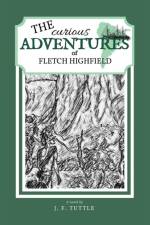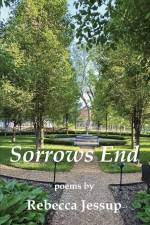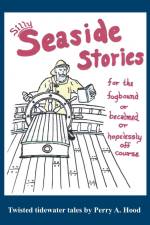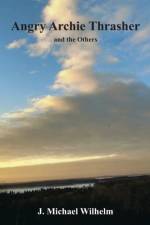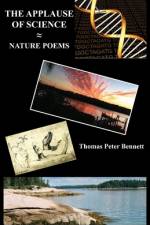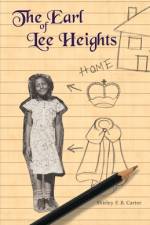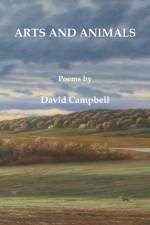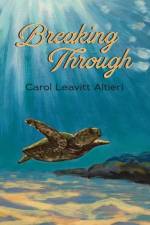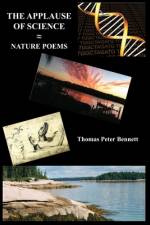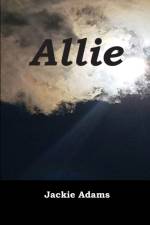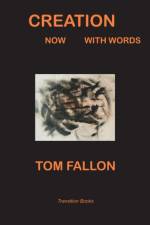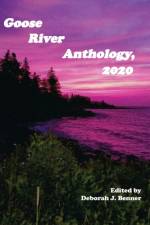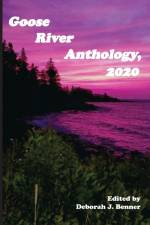av Perry A. Hood
399,-
Silly Seaside Stories is a collection of 22 humorous short stories that vary in length. All have some connection with the seacoast (mostly of Maine). The target readership includes those who may be becalmed, fog-bound, relaxing at anchor, and/or looking for some water-related diversion requiring easy reading and escape from the present. Some of the stories are inspired by historical events but dare to provide additional historical (hysterical?) details not mentioned in traditional history texts. Other stories focus on important local events or issues, and the final story highlights some concerns about modern marine electronics. Readers are introduced to some (un)forgettable characters with diverse (perverse?) skills and propensities. Through the medium of the written word, readers will find themselves imaginatively transported across coastal waters by sailboat, lobster-boat, mooring barge, steam-powered launch, kayak, canoe, steamboat, bateau, and hot-air balloon.Attentive readers will also attend town meetings, parades, historical events, rivalry, conflict, earthquake preparation, a memorable gridiron contest, and a misguided guide trip or two. Silly Seaside Stories protagonists will try to rescue the English language, rescue a wayward brat, rescue Benedict Arnold's expedition, rescue football players, rescue...well, some characters really don't deserve to be rescued! Most animals in these stories survive just fine without attempts at human rescue.Coastal navigators will be challenged to find their way to Carport, Stonarbor, Mooseport, Bufflehead Bay, and Truly Miniscule Blueberry Island, while avoiding coming to grief on Goode Reef, Redcoat's Revenge, or The Reckoning. Readers of Silly Seaside Stories may expect to be edified by the collective wisdom of characters such as Dewey Kaire, Hilda Toupet (Too-pay), Bug Light, Golley Klimbo, Major Minor, and others as they weave their way through dilemmas, conflicts, challenges, and thwarted plans.Weather plays a role in some stories-fog, calms, contrary breezes, nor'easters, and a blizzard-and some endings are a wee bit explosive. All in all, this eclectic collection of short stories will keep readers intrigued, amused, and (hopefully) awake!For those with an appetite for mind relaxation, Silly Seaside Stories provides a delectable combination of fantasy and piracy, with a generous helping of lunacy!

